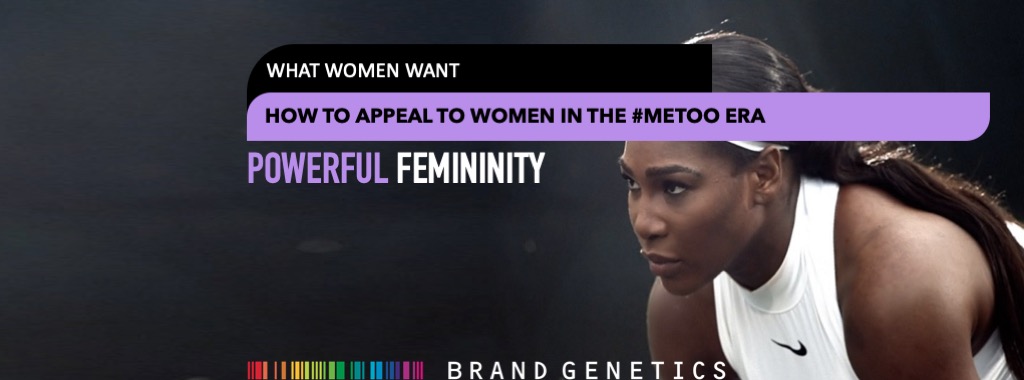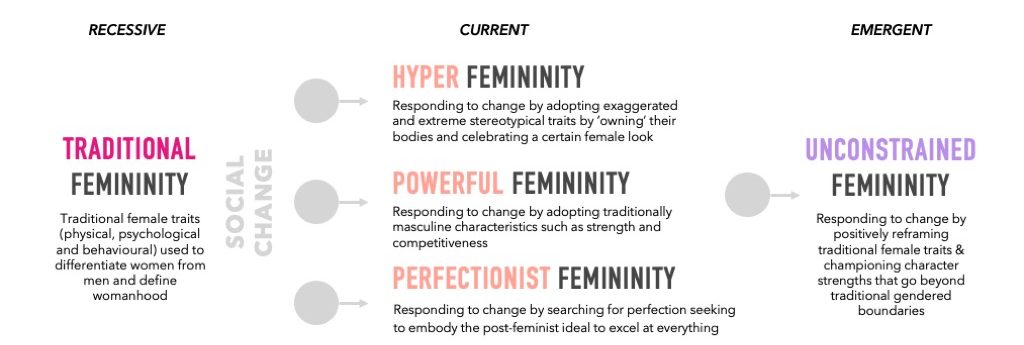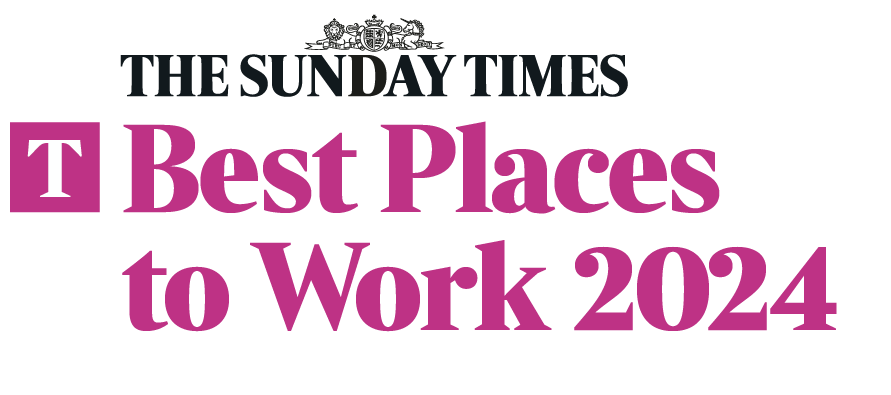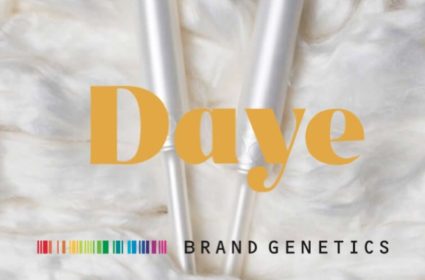How to Appeal to Women: A closer look at Powerful Femininity

This article is part of our series on The Future of Femininity. You can view the full series or download the report.
Download ReportCatalysed by social, political and cultural change, women are increasingly challenging the way ‘feminine’ characteristics are portrayed and the fundamental assumptions that underpin them. This has huge implications for society in general and for marketers in particular.
The latest Brand Genetics insight report seeks to address the question: how is aspirational femininity evolving and, by extension, what are the consequences for female-targeted brands and their brand manager custodians?
Last week we explored Hyper Femininity, our first femininity archetype. This week we explore the next manifestation, Powerful Femininity. First we define it, then look at the brands which are doing it best, concluding by looking at some of the limitations of the typology.

What is Powerful Femininity?
Powerful Femininity is another outcome of the search for empowerment which, like the Hyper Femininity typology we saw last week, taking a more physical form, focusing on women’s capability for strength and dominance.
Powerful Femininity sees women adopting and exaggerating traditionally masculine characteristics – such as strength and competitiveness – to succeed. In appropriating these traits, women who aspire to Powerful Femininity are seeking to demonstrate their equal status to male counterparts.
The Brand Examples:
On a macro level, the increase in participation and broadcasting of women’s team sport (traditionally a masculine domain) is a clear symbol of this growing mentality. Here Powerful Femininity is playing out with women combining masculine characteristics of strength and success with traditionally feminine traits of cooperation and teamwork.
This shift is not to be underestimated, with the UEFA Women’s Euro 2017 attracting a TV audience of 150 million and 2018 seeing a record-breaking attendance for women’s club soccer.
Similarly, the wellness economy continues to be driven by female interest in fitness and health that celebrates both emotional and physical strength. The shift from Kate Moss’s infamous ‘nothing tastes as good as skinny feels’ mantra to the #StrongNotSkinny philosophy further illustrates the impact of Powerful Femininity, with women adopting physical prowess as a symbol of empowerment.
In the brand sphere, Nike continues to break new ground. Hidden behind the noise created by Colin Kaepernick’s feature, the recent ad takes another step towards promoting the empowerment of females through Powerful Femininity. Nike empowers women to embrace and champion their own individual strengths, by encouraging them to strive for success in both a physical and psychological sense. As well as advertorial representation, the support and sponsorship of powerful feminine icons including Serena Williams continues to inspire loyalty and female brand equity amongst the growing Powerful Femininity community.

The Risk:
The challenge with Powerful Femininity, as with the Hyper archetype, is its fundamentally extreme nature. Driving women to embody the masculine ideals of strength only serves to transfer pressures from one stereotype to another.
By setting new expectations for what women should embody, while rejecting other characteristics, Powerful Femininity has its limits. By encouraging women to conform to a limiting stereotype which emphasises one gender over another, Powerful Femininity fails to recognise women as multifaced beings with individual character strengths.
The lesson? While brands should encourage women to embrace the best they can be, this should not be prescriptive. Choosing the kind of woman you want to be is a priority for 2019.
Here at Brand Genetics, we understand what women want. If you want to know what the changing face of femininity means for your brand, we’d love to hear from you.




